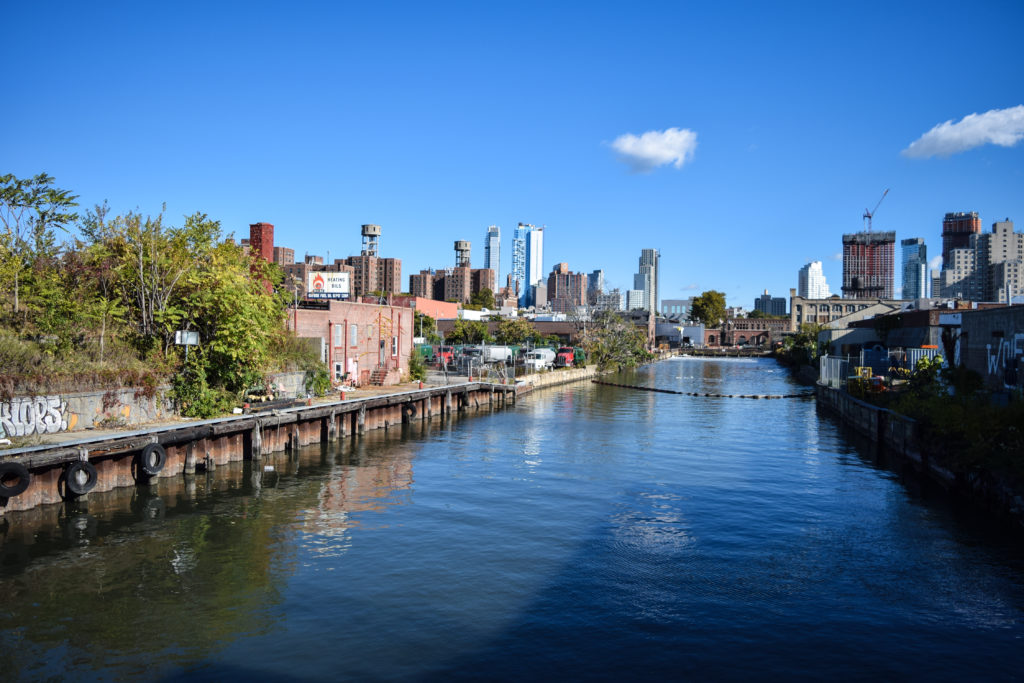New initiatives could reduce Gowanus flooding
Water from sewers backs up into streets, even basements

The Gowanus Canal. Photo: Rob Abruzzese/Brooklyn Eagle
Stormwater management and relieving pressure on combined sewer overflow infrastructure are among the Department of City Planning’s new initiatives for the Gowanus Neighborhood Plan announced Thursday by Marisa Lago, the department’s director.
During rainstorms, residents who live near the polluted Gowanus Canal have become accustomed to their streets, and sometimes their basements, being flooded. During storms, the sewer system, overburdened by rainwater, often backs up into the streets.
A $27 million sewer expansion project that is slated to create nearly three miles of high-level storm sewers along Third Avenue began earlier this year. Now, City Planning wants developers to include stormwater mitigation measures within new area buildings.
